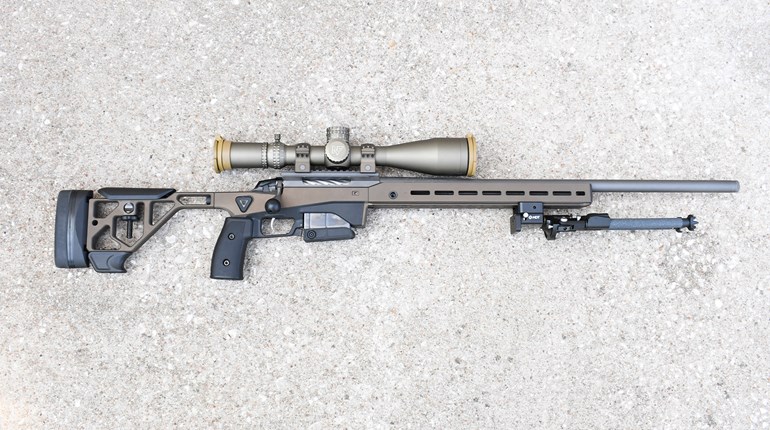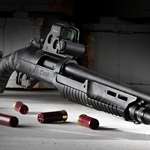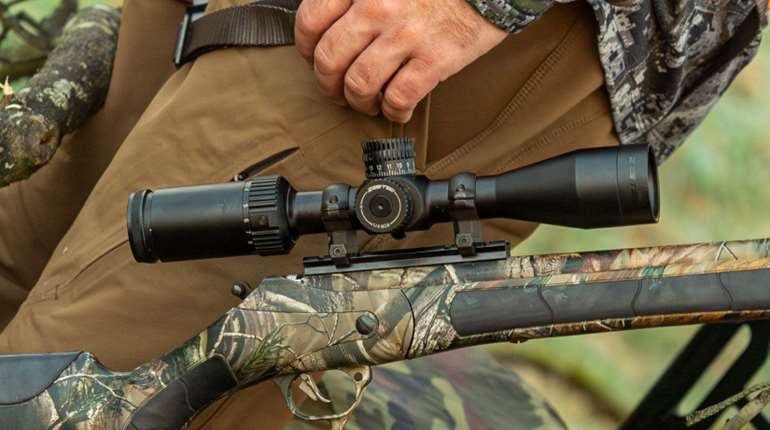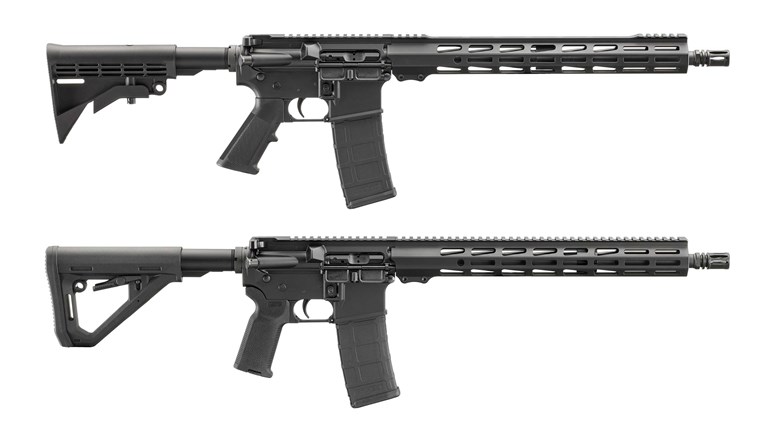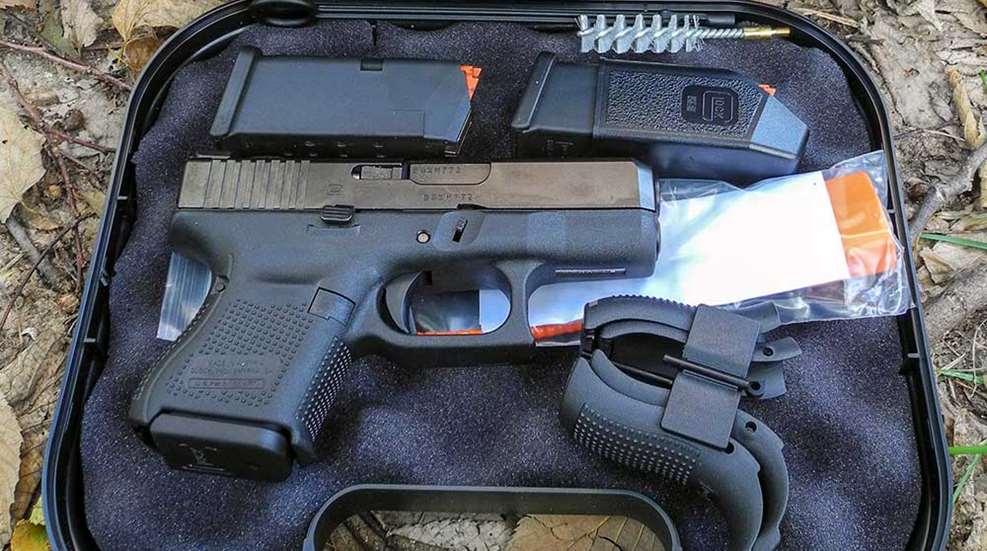
I’m going to be up-front before I even start this review of the Glock 26 Gen 5. For many years, the Model 26, Glock’s tiniest double-stack 9 mm, was my least-favorite Glock.
When I first started working in gun stores, the most compact Glock 9 mm was the 19, but I was swayed by gun-shop lore and gun-magazine ad copy to think that the then-fairly-new .40 S&W caliber was the next best thing to Thor’s hammer, and so I carried the 19’s .40-caliber twin, the Glock 23.
I took a couple years off from selling guns in the late ‘90s, and that time coincided with the take-off of the Shall-Issue concealed-carry movement across the nation. When I came back to work slinging guns across the glass part-time in ’98, I found that Glock had expanded its line to take advantage of the upswell in concealed carriers by introducing the tiny, sub-compact Glock 26 in 9 mm.
Well, I still had no faith in 9 mm, so I bought the Glock 26's cousin in .357 SIG, the Glock 33, and just never warmed up to it.
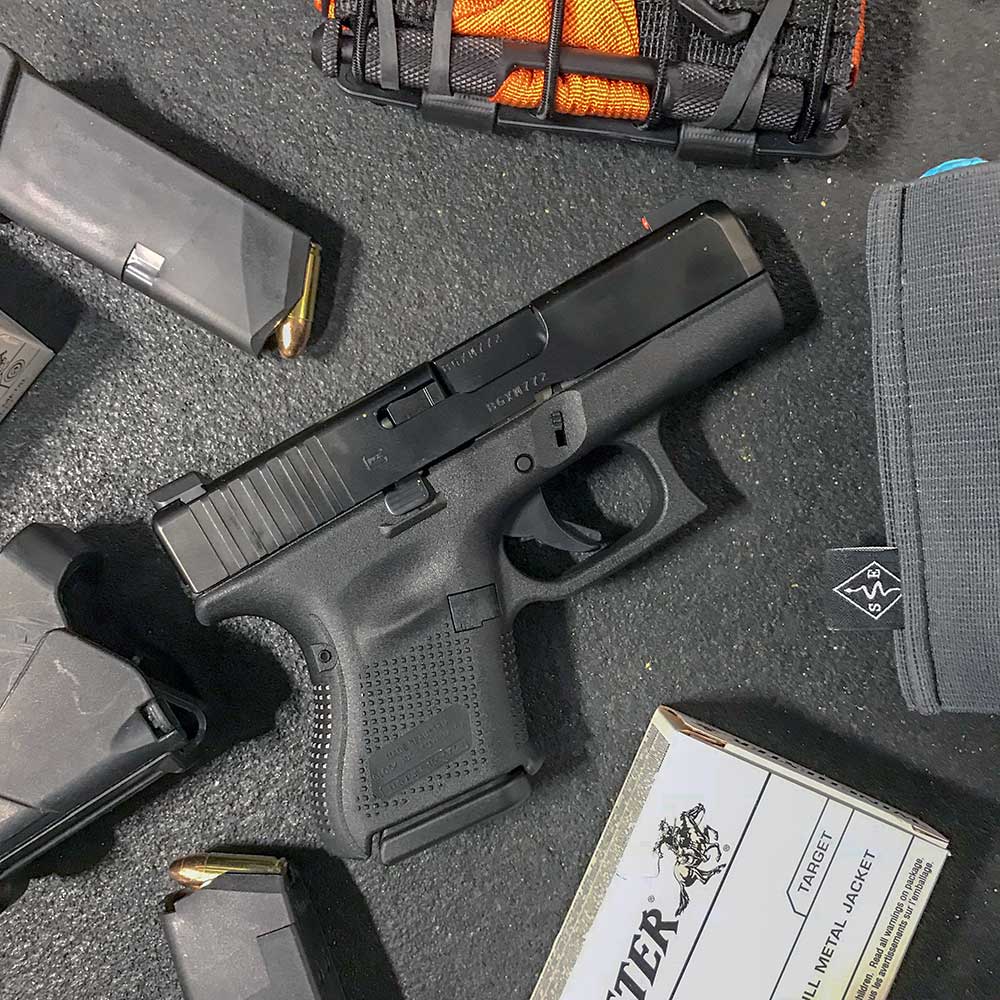
See, the subcompact Glock 26 and 27 were the first Glock handguns to introduce the molded-in finger grooves on the grip frontstrap and the dimpled “thumb rests” on the frames. This was done in order to gain enough “points” under an obscure rule instituted via the Gun Control Act of 1968. A breakdown of the point system can be found here on the NRA-ILA website, but basically due to its loss of points for size and weight, the sub-compact Glock 26 needed to gain them back some other way, and “target grips” were worth five points.
For myself, as well as others, those finger grooves were in exactly the wrong place. On the larger models of Glock, it wasn’t as big a deal; a service-size auto will permit a fair amount of “slop” in the grip and still run well. But a small gun? It’ll punish bad grip.
I eschewed tiny Glocks until the Glock 43 debuted, and I purchased one of those. It was domestically-produced and therefore didn’t need to meet the import points, so no finger grooves. Hooray! But the skinny, popsicle-stick grip of the single-stack gun punished poor grip mercilessly.
Enter the Gen5 Glock 26.
When I was asked to review the Glock 26 Gen 5, my response was tepid at best. Like I said, the 26 was my least favorite Glock, even though I’ve come around to see the light on 9 mm as a defensive cartridge.
When I got my hands on the review sample, I was immediately impressed by a couple things right out of the box.
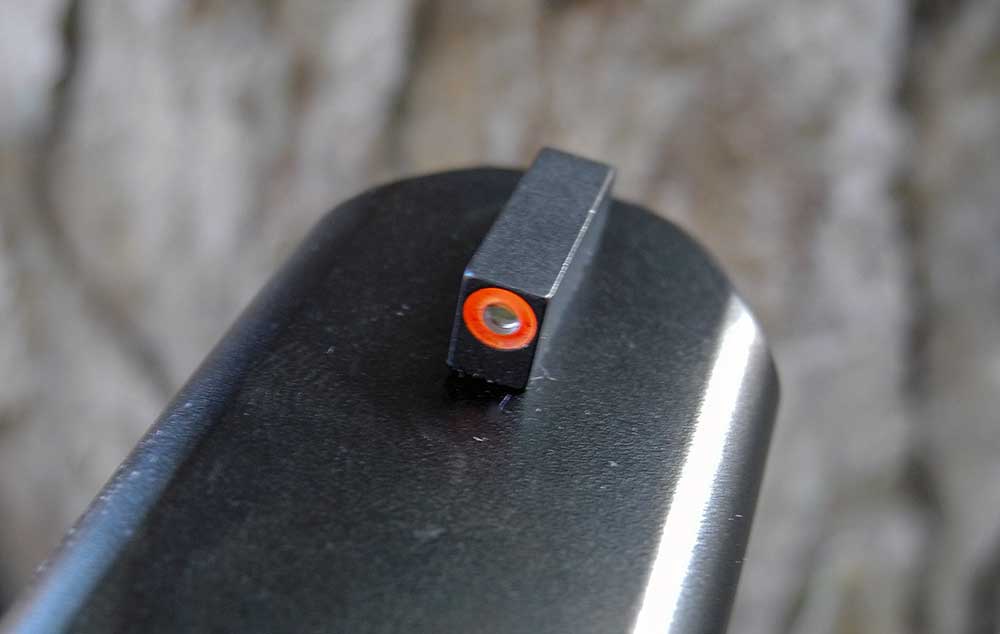
First, the Gen 5’s optional factory “Bold” sights by AmeriGlo are leaps and bounds ahead of most anything on a factory pistol right now that isn’t a high-end semi-custom, at least for carry-type sights. For coming up on a decade now, I’ve been knocking the factory sights off my carry gun and dropping on a set of Trijicon HD’s or AmeriGlo Pros, with their fat, contrasting-color front dots. Now I can get it that way right out of the box. Good work, Glock!
Second, the trigger on this test-sample Glock 26 is, bar-none, the best factory Glock trigger I’ve felt. I know Glock has forever described its factory triggers as “5.5 pounds,” but in truth they’ve always been more like 6 or 6.5 pounds and thus supported a thriving aftermarket for trigger modifications.
Thanks to the new Gen 5 architecture, the trigger on this Glock 26 is an honest ~5.25 pounds on my RCBS trigger-pull gauge. Further, the weight is fairly consistent along the entire trigger pull, unlike the earlier Glock trigger which had little resistance in the initial takeup before hitting a noticeable wall. It feels almost exactly like my modified Glock triggers, which use Glock’s green, plastic “NY1” trigger return spring and “minus” 3.5-pound connector to achieve pretty much the same feeling.
The proof is in the shooting, however, and the two small modifications to the Glock 26 Gen 5's grip versus my long ago Gen 3 Glock 33 make all the difference in the world. First, it has the new, coarser grip texture that is a huge improvement over the Gen 3’s. Second, that annoying ridge between the finger grooves is gone.

Instead of there being a constant wedge trying to push my fingers apart, now I can smoosh both my traffic digit and ring finger higher on the grip, and this improves control. Further, the standard-diameter grip makes it easier for me to shoot fast and accurately than my Glock 43. At 22 ounces empty, it’s only three and a half ounces heavier than the single-stack micro-Glock, although with better than half again the ammo capacity, that difference will widen by an ounce or so when loaded, depending on what you stoke it with.
For the increase in shootability and capacity, I’m thinking this will be the first Glock 26 I buy. I’m going to see if it can really take the place of my Glock 43 as a “J-frame for the New Millennium."












